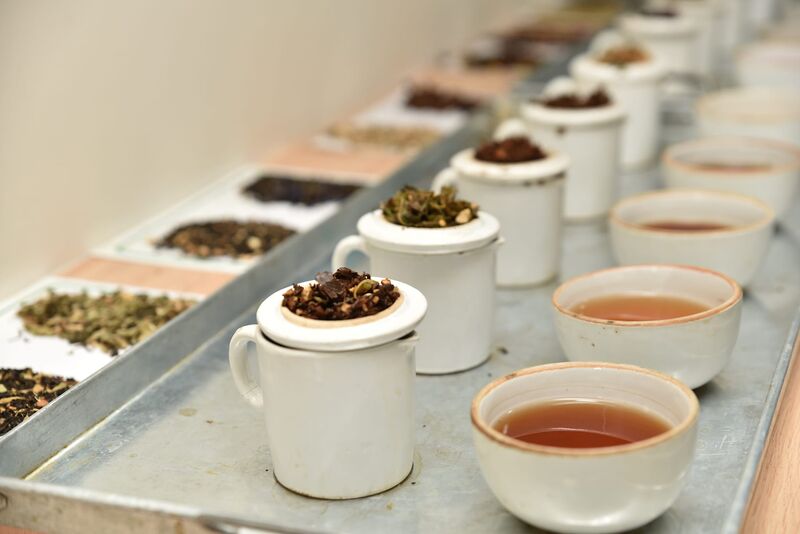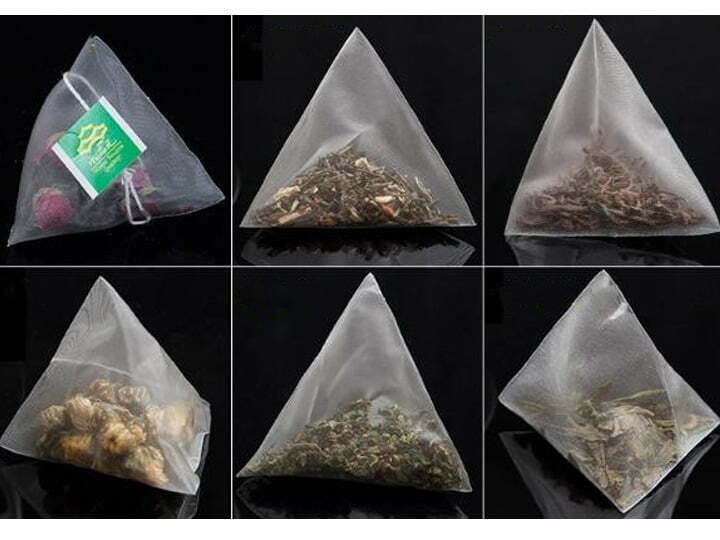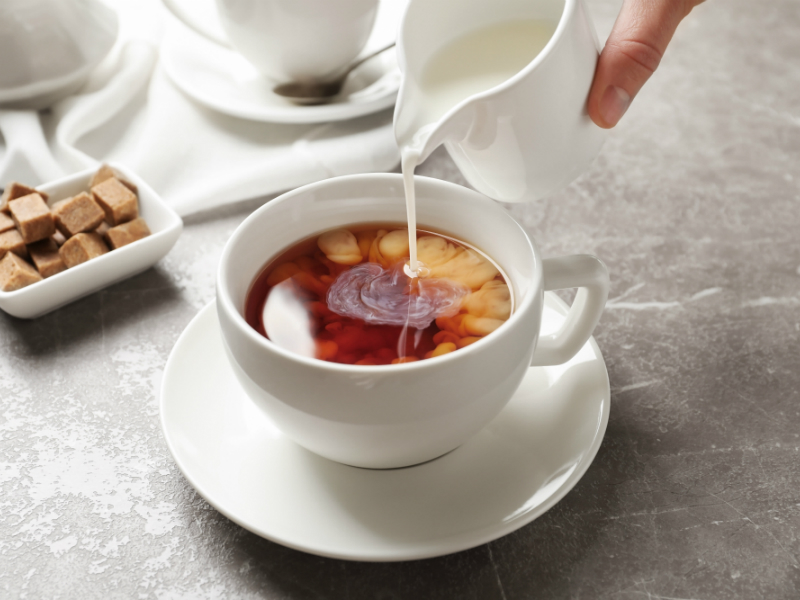Tea is one of the most widely consumed beverages in the world, with a rich history that spans centuries and diverse cultures. From the lush tea plantations to the teacup, there is a complex process that takes place to bring this beloved drink to your table.
Connecting Producers and Consumers

Source: tr.linkedin.com
Once the tea is packaged, it is ready for distribution. Tea trading companies play a vital role in connecting producers with consumers around the world. These companies act as intermediaries, facilitating the buying and selling of tea through various channels.
Tea trading involves a complex network of supply chains, where tea is transported from gardens and processing facilities to distribution centers, warehouses, and ultimately, retailers. Depending on the scale of operations, it may be transported locally, nationally, or even internationally, to reach its target markets.
Efficient distribution systems are crucial to ensuring that it reaches consumers in a timely manner while maintaining their freshness and quality. This often involves careful coordination between trading companies, logistics providers, and retailers, with an emphasis on minimizing transit times and handling the tea with care.
Packaging: Ensuring Quality and Freshness

The packaging of tea plays a crucial role in preserving its quality and freshness. After the leaves are harvested, they undergo a series of processing steps, including withering, rolling, oxidation, and drying. Once the leaves are ready, they are packaged in various forms, such as loose-leaf tea, bags, or powdered tea.
For loose-leaf tea, the leaves are typically placed in airtight containers, often made of metal or high-quality paper. These containers protect it from exposure to moisture, light, and air, which can degrade its flavor and aroma over time. Bags, on the other hand, are usually made of filter paper or biodegradable materials, ensuring convenience and easy brewing for consumers.
The packaging also includes labeling that provides essential information about the tea, such as the type of tea, origin, harvest date, and brewing instructions. This enables consumers to make informed choices based on their preferences and desired brewing methods.
Trading: A Global Marketplace

Trading occurs on a global scale, with numerous auctions and exchanges taking place in key tea-producing countries such as China, India, Kenya, Sri Lanka, and Japan. These auctions serve as platforms where producers can showcase their products to buyers, including wholesalers, retailers, and tea companies.
It is not limited to physical auctions; it also takes place through online platforms and direct trade arrangements. These methods allow producers to bypass intermediaries and establish direct relationships with buyers, resulting in better prices and increased transparency in the supply chain.
Factors such as quality, flavor profiles, and market demand influence trading, with prices varying depending on these factors. Additionally, factors like weather conditions, geopolitical situations, and government policies can also impact the market and trading dynamics.
Conclusion
By understanding the different steps involved in this process such as sourcing, packing, storing, and transporting tea, businesses can better establish their supply chain and make sure that they are able to provide the product at its best quality. With the right knowledge and careful planning, any business looking to get into this industry can do so with confidence.
